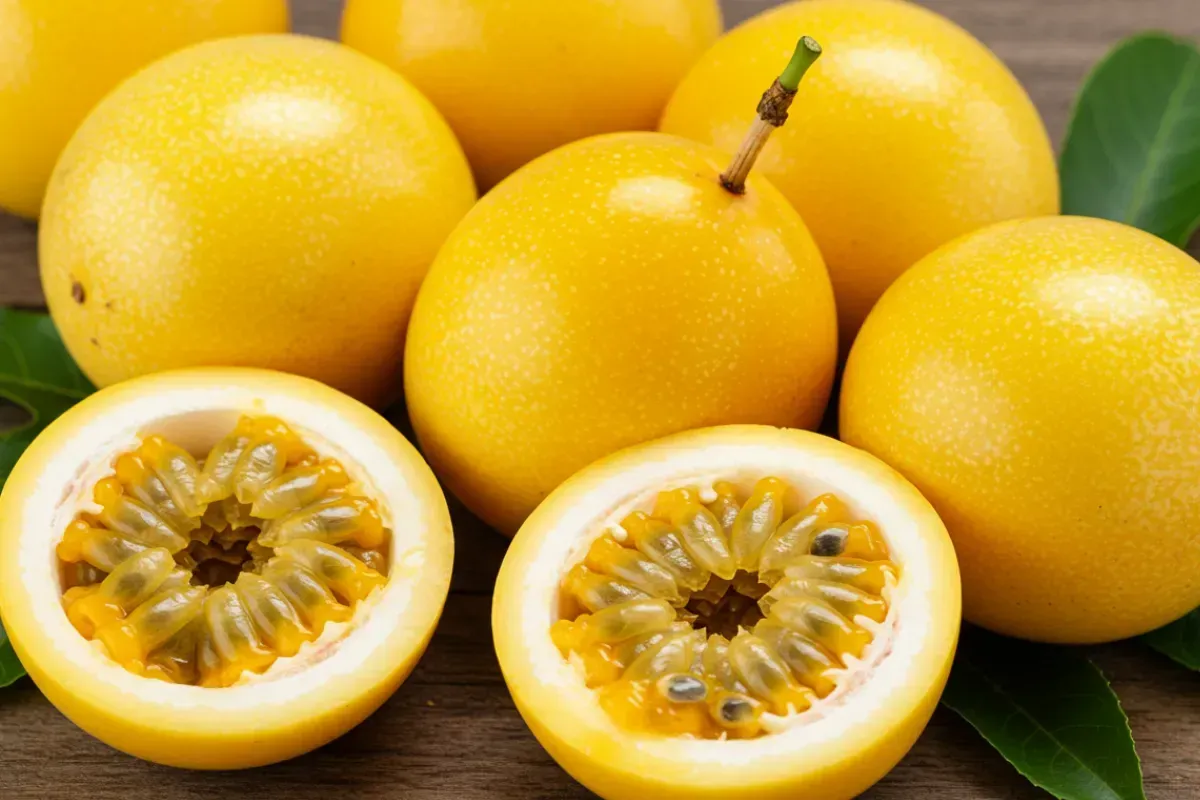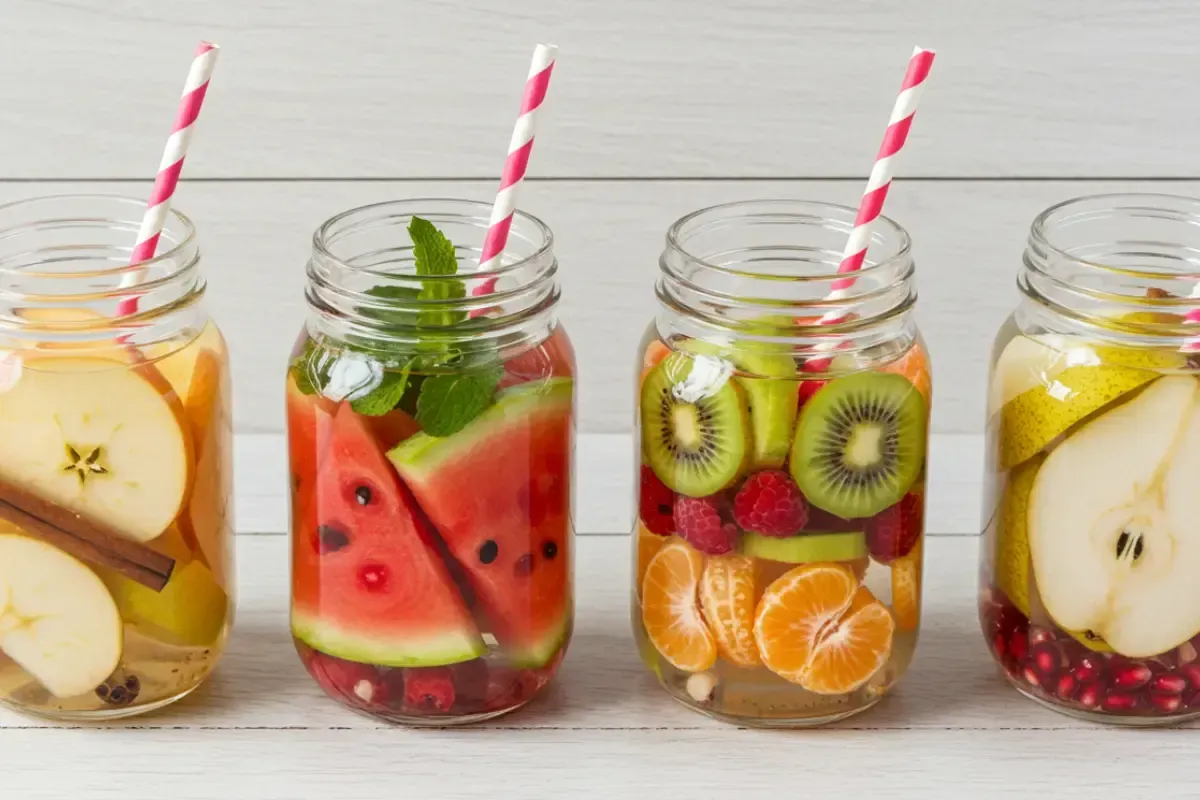Flavor: natural vs. artificial, what does the consumer prefers?

No matter the season, when you walk into a store, you will always find an impressive variety of ice cream. But have you ever wondered how manufacturers decide on the right ice cream flavor? Behind each type of ice cream, there are market studies that support the creators' decision. If you want to learn more about this topic, including the difference between natural and artificial flavors, and which ones are currently trending, keep reading. We will explain all the details behind the production of this frozen treat.
How do ice cream producers choose a flavor?
Choosing a flavor begins with research. Each ice cream brand has a team dedicated to researching and developing new flavors. Through an organized process, they generate innovative ideas and then test a prototype. If it meets their standards, they move on to large-scale production.
Currently, the demand for innovative flavors and products such as cones and sandwiches is driving the industry’s growth. In 2023 alone, the global ice cream market reached $113 billion. The expectations are that it will grow annually by 3.9% through 2030. Overall, consumers are increasingly looking for unique options (Grand View Research, 2023).
At the same time, rising health awareness is driving interest in premium ice creams. Current regulations favor the use of natural flavors, catering to the preference for more authentic ingredients.
The ice cream market also divides into two segments: vegan and dairy-based or water-based. In 2022, dairy and water-based ice creams dominated the market with an 80.26% share (The Brainy Insights, 2023).
The growing preference for natural flavors
Fruit-flavored ice creams are gaining popularity as a healthier option thanks to their association with real ingredients. Consumers are looking for a balance between delight and health, so ice creams with natural flavors are becoming increasingly popular.
Manufacturers extract a natural flavor from fruits and vegetables through specific processes. According to MachinePoint (2023), the process begins with selecting and washing fruits and vegetables. Then, producers use two main extraction techniques:
- Hot extraction: this method deactivates enzymes by heat, followed by processes such as pressing to obtain purée, juice, or concentrate. It is commonly used for stone fruits, like peaches, nectarines, plums, cherries, etc.
- Cold extraction: this method maintains the natural qualities of the fruits by processing them at room temperature. To that end, it removes stems, seeds, and skins, resulting in purées of better quality and flavor.
Natural flavors, derived from plant or animal materials, offer benefits such as better taste and greater sustainability compared to artificial flavor. The latter is synthesized in laboratories and comes from non-edible substances.
Top choices for a natural flavor
Among the top ice cream flavors, chocolate, vanilla, and fruit stand out (Grand View Research, 2023). However, when it comes to natural flavors, the latter two options take the lead.
Why vanilla?
Vanilla is the most popular type of ice cream in North America. While it does not come from a fruit, producers extract it naturally. It comes from a plant called Vanilla planifolia, which belongs to the orchid family. There are also several varieties, such as Bourbon pods, which are ideal for producing the best vanilla extracts. In addition to its flavor, natural vanilla enhances the perception of sweetness and depth of flavors like chocolate and coffee.
The global demand for vanilla-flavored desserts is very high. Since vanilla pods are only obtained from hand-pollinated orchids in tropical regions, substitutes have been created. One of them is castoreum, a secretion from beaver glands.
Fruit flavors
Fruit flavors offer an authentic profile. If you are looking for fresh and genuine flavors in your ice cream, this is an excellent choice. To make fruit ice cream, several forms can be used: fresh, frozen raw, cooked, or aseptically processed purées.
Processed fruits offer numerous advantages, such as greater availability, better ice cream quality, microbial safety, and convenience. These options allow manufacturers to achieve consistent ice cream performance and texture in their ice cream, as well as ease of handling and storage.
It is also a fact that fruit extracts can intensify the aroma of ice cream and are popular in sorbets, gelatos, and fruit popsicles.
Regulations on artificial flavors
The FDA (Food and Drug Administration) defines an artificial flavor as any substance that provides flavoring without being derived from spices, fruits, juices, or edible yeast. In other words, producers create these artificial flavors by chemical processes rather than extracted directly from natural sources.
In 2018, the FDA implemented a significant ban. That year, six artificial flavors commonly used in ice cream and candy manufacturing were removed from the market. This decision was based on studies showing that these flavorings were carcinogenic and posed a risk to public health. The banned artificial flavors were used to mimic natural flavor profiles like mint, citrus, and cinnamon.
The main reason behind this ban was to protect consumers from the potential adverse health effects of these compounds. While artificial flavors allowed manufacturers to maintain consistency and reduce costs, the associated risks were greater. This led the FDA to take steps to ensure safer products. The regulation also emphasizes the importance of using natural ingredients in food production, guaranteeing healthier products for consumers.
Overcoming challenges to preserve a good flavor
Preserving natural flavors in frozen foods represents a major challenge for the food industry. The main reason is the freezing process can negatively impact the integrity and freshness of sensory profiles.
The first challenge is to minimize the loss of aromas and volatile compounds during freezing. These key elements for product perception tend to evaporate or degrade at low temperatures. Applying gentle freezing techniques, such as cryogenics, helps to better retain these compounds.
Another obstacle is to avoid the formation of ice crystals, which can distort the texture and structure of foods. That can alter juiciness and mouthfeel. Using cryoprotective agents and carefully controlling freeze-thaw cycles can mitigate these effects.
In addition, preventing lipid oxidation is critical to preserving fresh notes and avoiding rancid flavors. Natural antioxidants, such as spice extracts or vitamin E, can slow down these deterioration processes.
Finally, maintaining the balance between sweetness, acidity, and other basic tastes is crucial. Freezing can unbalance these sensory perceptions. Carefully adjusting the levels of sugars, acids, and salts helps maintain flavoring harmony.
Addressing challenges with quality and flavor
To meet these challenges, food companies often invest in innovative freezing technologies. Processes like freeze-drying, microencapsulation, or vacuum impregnation help to protect the natural flavor better.
Moreover, selecting high-quality raw materials is essential. Working with quality ingredients suppliers allows for more intense and longer-lasting natural profiles. And, remember, many consumers who check food labels will opt for a product that contains natural flavors rather than artificial ones.
If you are looking to create certain types of ice cream, in Alimentos SAS we can help you with natural fruit pulps. We also offer innovative solutions for incorporating authentic, fresh flavors into frozen products. Explore our wide range of pulp varieties and discover how you can produce foods with excellent sensory quality!
Bibliographic references
- Grand View Research. (2023). Ice cream market size, share & trends analysis report by product (cartons, tubs), by type (dairy & water-based, vegan), by flavor, by distribution channel, by region, and segment forecasts, 2024 - 2030.
- MachinePoint. (2023, June 16). Líneas de extracción: procesamiento de frutas y vegetales.
- The Brainy Insights. (2023). Ice cream market size, statistics report & top companies [2032].














